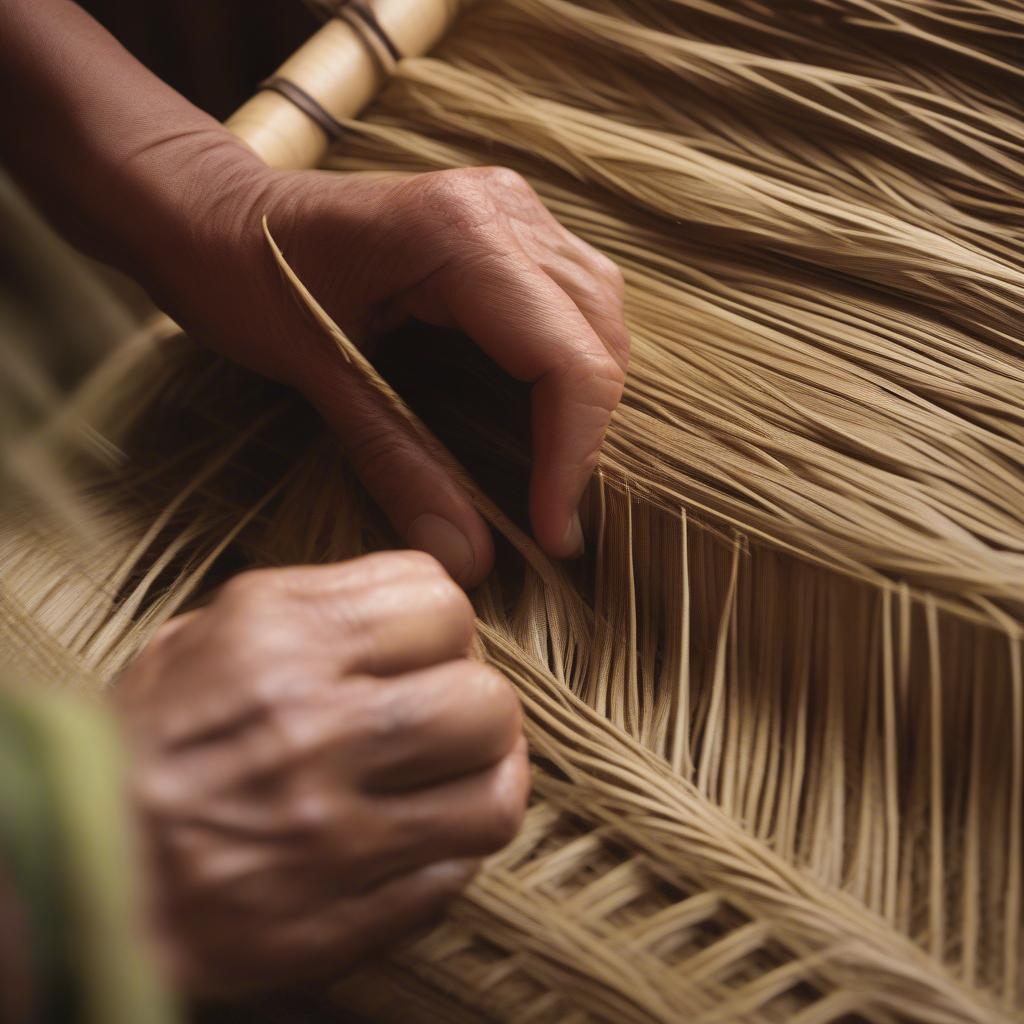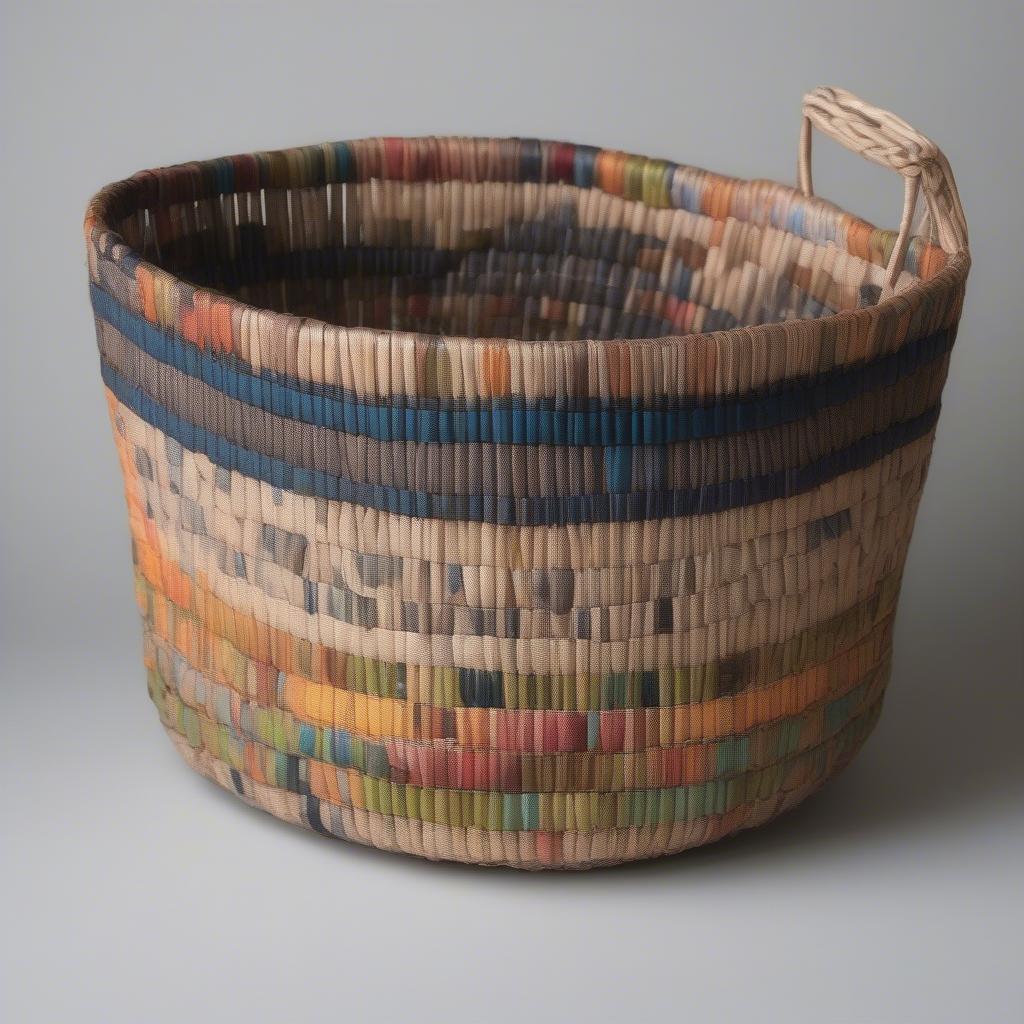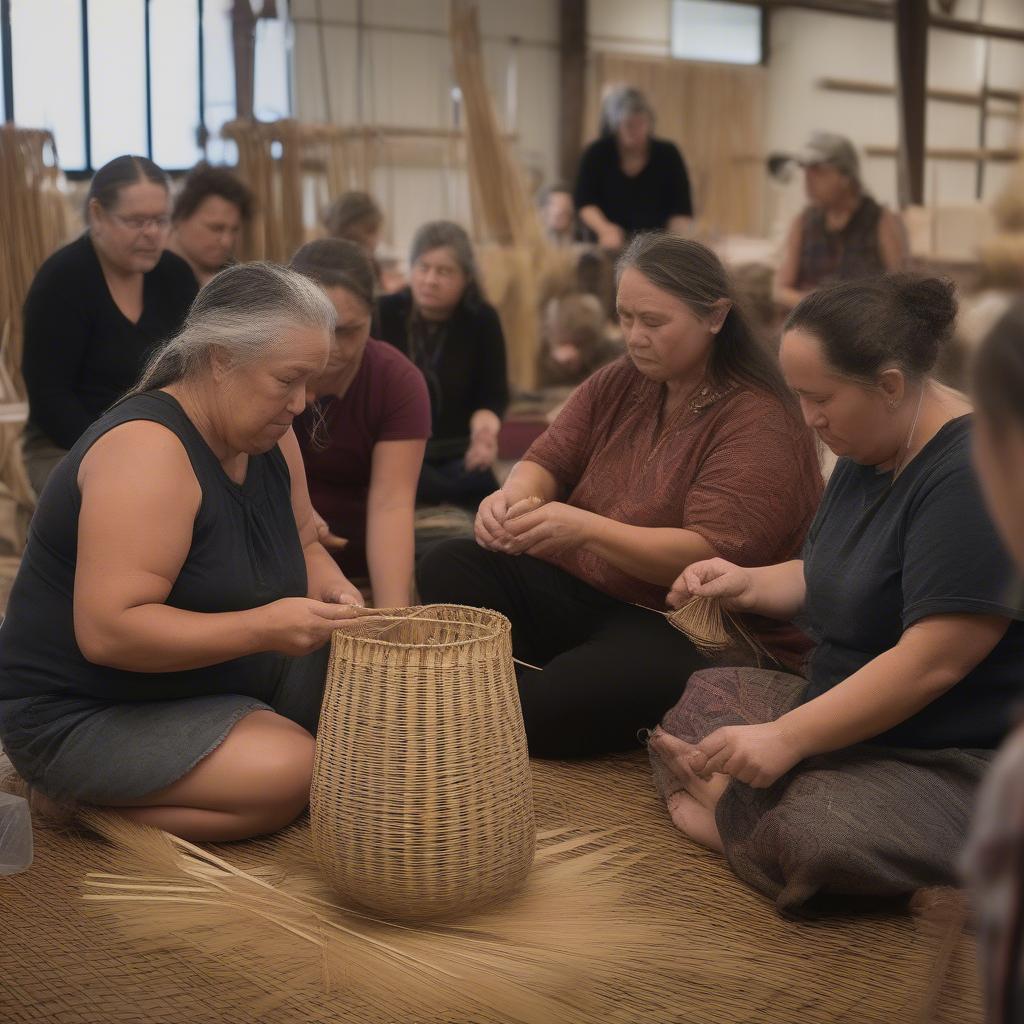Basket Weaving
Discovering the Art of New Zealand Basket Weaving
New Zealand Basket Weaving is a rich tradition deeply intertwined with Māori culture. From functional kete (traditional Māori baskets) to contemporary artistic creations, the craft demonstrates a profound connection to the land and its resources. This article explores the history, techniques, and cultural significance of New Zealand basket weaving, offering a glimpse into this captivating art form.
A Legacy Woven in Nature: The History of New Zealand Basket Weaving
For centuries, Māori have practiced basket weaving, utilizing readily available natural materials like harakeke (flax), pingao (golden sand sedge), and kiekie (a climbing plant). These skillfully crafted baskets served practical purposes, from carrying food and water to storing precious belongings. Beyond their functionality, baskets held symbolic meaning, often representing kinship ties and reflecting the weaver’s artistic expression. The intricate patterns and designs woven into each basket tell stories passed down through generations, preserving cultural knowledge and artistic heritage.
 Traditional Māori Kete Flax Basket Weaving
Traditional Māori Kete Flax Basket Weaving
Weaving Techniques: From Harakeke to Contemporary Materials
Traditional New Zealand basket weaving techniques are meticulously passed down through whānau (family) and iwi (tribe). The process begins with harvesting and preparing the natural fibers. Harakeke, renowned for its strength and versatility, is a favored material. The leaves are carefully split, softened, and dried before being woven into intricate patterns. Different techniques, like raranga (plaiting) and whatu (twining), create a variety of textures and designs. While traditional materials and techniques are still widely practiced, contemporary weavers also explore new materials and approaches, pushing the boundaries of the art form and creating innovative basketry.
 New Zealand Contemporary Basket Weaving with Mixed Materials
New Zealand Contemporary Basket Weaving with Mixed Materials
The Cultural Significance of New Zealand Basket Weaving
More than just a craft, New Zealand basket weaving is an integral part of Māori culture. The creation of a kete is a deeply spiritual process, connecting the weaver to their ancestors and the land. The patterns woven into the baskets often represent important cultural narratives and symbols, conveying stories of creation, ancestry, and the natural world. Today, New Zealand basket weaving continues to thrive, playing a vital role in preserving cultural identity and fostering artistic expression. Contemporary artists are pushing the boundaries of tradition, exploring new materials and designs while honoring the rich heritage of their ancestors.
What are the most common materials used in New Zealand basket weaving?
Traditionally, harakeke (flax), pingao (golden sand sedge), and kiekie are the most commonly used materials. Contemporary weavers also incorporate other materials, expanding the possibilities of the craft.
How long does it take to weave a traditional Māori kete?
The time required to weave a kete varies depending on its size, complexity, and the weaver’s skill. A small, simple kete might take a few days, while a large, intricate one could take weeks or even months to complete.
 Māori Artist Teaching Basket Weaving Workshop
Māori Artist Teaching Basket Weaving Workshop
The Future of New Zealand Basket Weaving
New Zealand basket weaving is experiencing a resurgence in popularity, with growing interest from both local and international audiences. The art form’s unique blend of tradition and innovation attracts collectors, artists, and those seeking to connect with Māori culture. This renewed interest ensures that the ancient art of basket weaving will continue to thrive for generations to come.
In conclusion, New Zealand basket weaving is a captivating art form with deep cultural significance. From the traditional kete to contemporary creations, the intricate weaves tell stories of heritage, artistry, and a profound connection to the land. By exploring the history, techniques, and cultural meaning behind New Zealand basket weaving, we gain a deeper appreciation for this timeless craft.
FAQ
- What is a kete? A kete is a traditional Māori basket woven from natural materials like flax.
- Where can I learn New Zealand basket weaving? Various workshops and courses are available throughout New Zealand.
- What are some contemporary uses for woven baskets? Contemporary baskets are used for everything from home décor to fashion accessories.
- Are there different types of kete? Yes, there are various types of kete, each with its own specific purpose and design.
- How can I support Māori artists and weavers? Purchasing directly from artists or reputable galleries is a great way to support their work.
- What is the significance of the patterns in Māori weaving? The patterns often represent cultural narratives, ancestral stories, and elements of the natural world.
- Where can I find examples of New Zealand basket weaving? Museums, galleries, and cultural centers across New Zealand showcase stunning examples of this art form.
For any further inquiries or assistance, please don’t hesitate to contact our 24/7 customer support team at +84 388 951 999 or visit our offices in Hanoi, Vietnam, or Tech Avenue, Suite 12, San Francisco, CA 94105, USA. We’re always happy to help! Explore more articles related to basket weaving and other crafts on our website.
